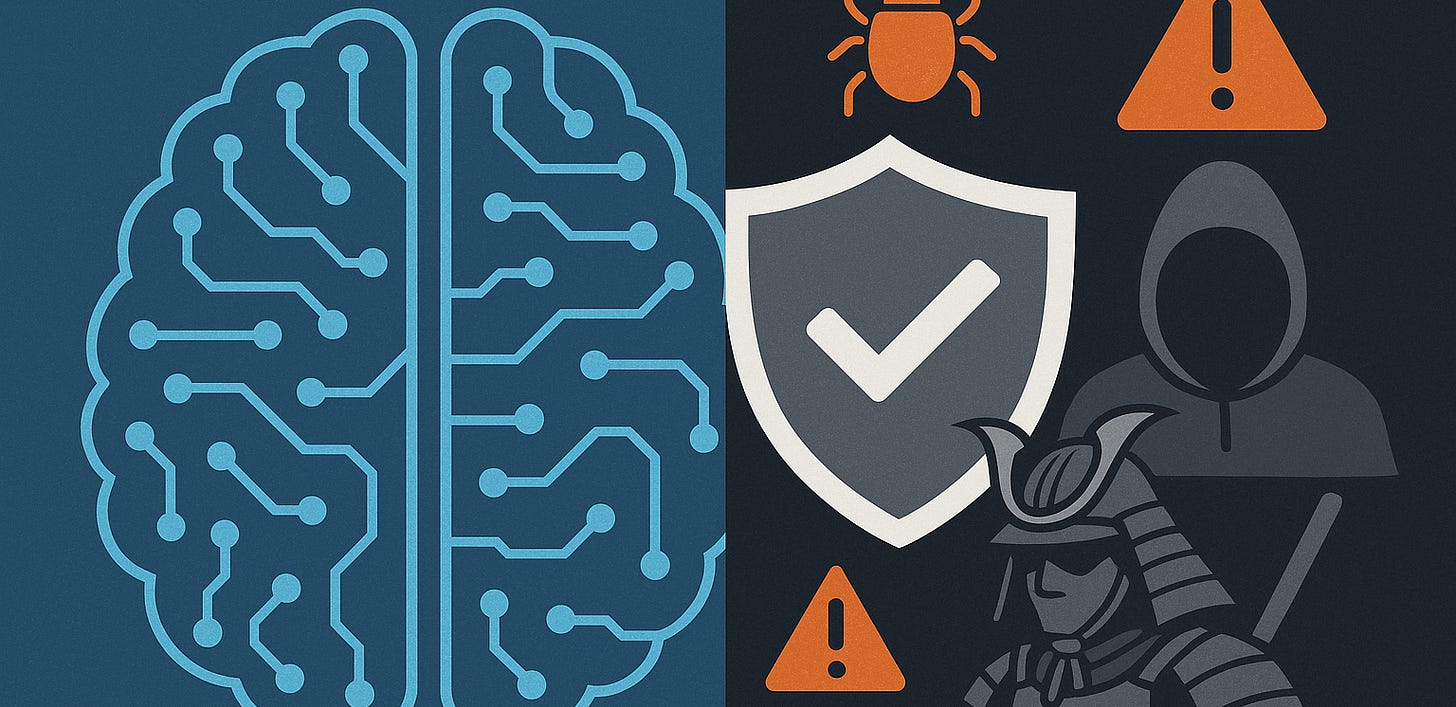Cisco’s New Open-Source Cybersecurity LLM Model
As cybersecurity threats escalate in volume and complexity, security professionals face a critical challenge: how to scale their intelligence and decision-making without compromising precision. Enter Foundation-Sec-8B, Cisco’s domain-specific large language model (LLM) purpose-built for cybersecurity, trained, evaluated, and released under open weights.
While most LLMs today are generalists, Foundation-Sec-8B focuses exclusively on cybersecurity workflows, enabling defenders to triage incidents faster, write more effective detections, and simulate threats more realistically.
What Is Foundation-Sec-8B?
Foundation-Sec-8B is an 8-billion parameter LLM based on Llama 3.1 architecture, fine-tuned through continued pretraining on a carefully curated cybersecurity corpus. Unlike general-purpose models, Foundation-Sec-8B is built from the ground up with the terminologies, behaviors, and logic of cybersecurity operations in mind.
It understands the MITRE ATT&CK framework, CVEs, CIS Controls, and even how threat intelligence reports are written and consumed.
How Cisco Built It: A Peek Behind the Scenes
Purpose-Built Dataset (5B Tokens, 25 GiB)
Cisco scraped over 4 TiB of raw data, then distilled it down to just 0.6% using a rigorous pipeline.
Sources include:
MITRE ATT&CK, CVEs, CWEs
Threat reports
Security blogs and RFCs
NIST guidelines and red team manuals
A relevancy classifier (F1 score: 0.92) helped exclude irrelevant or low-quality documents, making this one of the cleanest security-specific datasets available.
Cybersecurity-Centric Training Approach
Continued pretraining on security data (not just instruction tuning)
Uses 4096-token sequences for efficient transformer learning
Trained with DeepSpeed + AdamW optimizer for scalability
Result: A model that retains general reasoning (MMLU drop only ~2.4%) but excels in security tasks.
Benchmark Results: Small But Mighty
Despite being 8B parameters, Foundation-Sec-8B matches or beats models 10x its size:
Notably, it outperformed GPT-4o-mini and Llama 70B on root cause mapping—a nuanced cybersecurity task.
Real-World Applications
Foundation-Sec-8B is already being deployed across three primary use cases:
1. SOC Acceleration
Summarize multi-source alerts
Draft human-style incident reports
Build timelines and identify IOCs
2. Proactive Threat Defense
Extract MITRE techniques from reports
Prioritize vulnerabilities
Generate hypothetical attack paths
📈 Fine-tuned for MITRE technique extraction, it beats its untuned Llama peer by 10+ points.
3. Secure Engineering & Compliance
Validate configs and IaC templates
Check compliance evidence
Flag outdated or inconsistent security policies
Why This Model Matters
Most open-source LLMs are still generalists. Even those marketed for security are often retrofitted or lack real domain depth. Foundation-Sec-8B sets a new bar:
CapabilityFoundation-Sec-8BOpen-weight?✅
Trained on security data?✅ (custom dataset)
CVE/CWE/ATT&CK fluent?✅
On-premise deployable?✅
Multi-shot ready?✅
General knowledge loss?❌ Minimal (~2.4% drop)
It provides organizations with full control over deployment and privacy—ideal for air-gapped environments, compliance-intensive industries, or regulated workloads.
What’s Next?
Cisco's Foundation AI team has made it clear: Foundation-Sec-8B is just the beginning. Coming soon:
A reasoning-enhanced model for deeper investigation and explainability
Benchmark suites tailored to real-world security tasks
Tools for safe agentic integration with security platforms
🎯 This model is designed not to just support security—it’s here to transform how defenders build and respond.
How to Get Started
You can access and start experimenting with Foundation-Sec-8B here:
Final Thoughts
Cisco’s Foundation-Sec-8B demonstrates that specialization is a key advantage in cybersecurity. At the same time, ChatGPT and Claude excel at general tasks, defending infrastructure, hunting threats, and validating compliance, which require deep context—something only a focused, open-weight model can deliver.
This release represents a significant leap forward for open-source security LLMs and could serve as a blueprint for embedding AI at the core of our defense systems.



